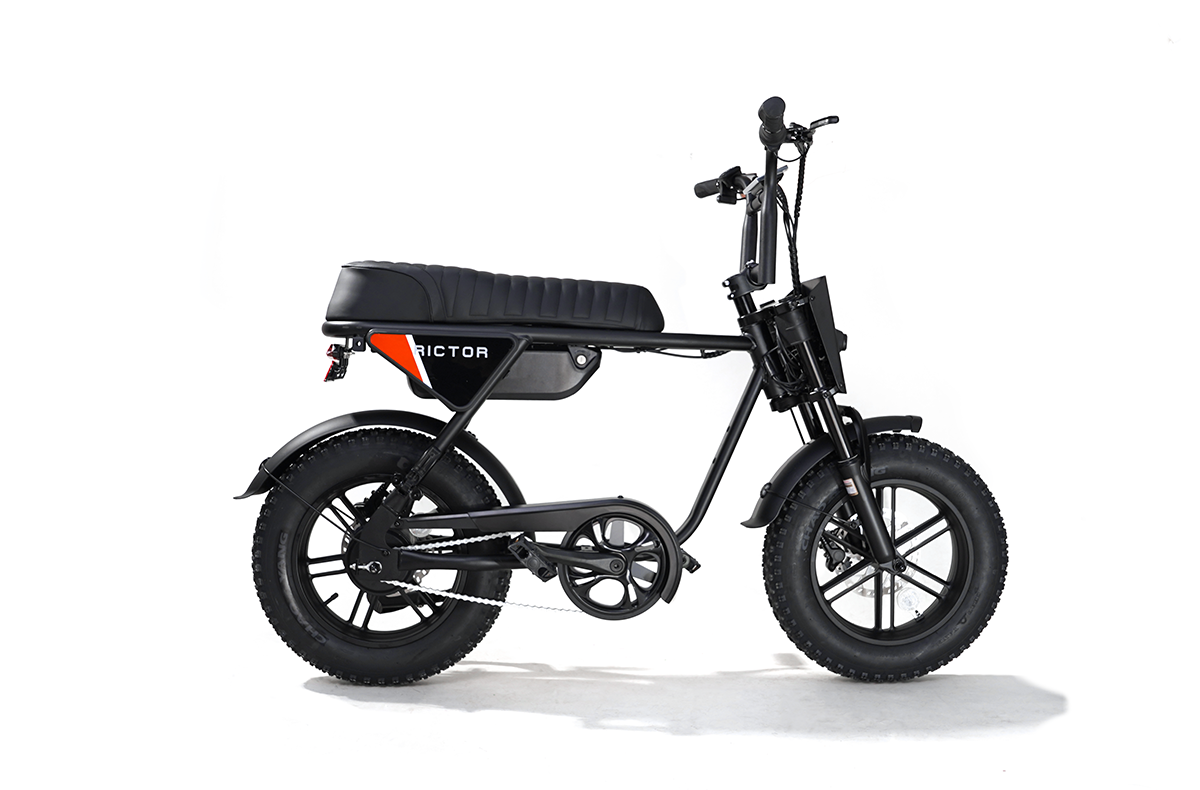
What Are You Doing with Your Ebike When the Battery is Dead?
One of the most critical components of electirc bike is its battery.
This powerhouse is responsible for delivering the electric boost that makes riding less exhausting and more fun.
There are different types of bike batteries, each varying in capacity, voltage, and range.
Common battery types include Lithium-ion (Li-ion), Nickel-Cadmium (NiCad), and Lead-Acid. Each type has unique characteristics that affect its lifespan, performance, and charging process.
But what happens when your electric bicycle battery dies?
Can it be revived, or are you doomed to pedal without any electric assistance?
This article explores everything you need to know about dealing with a dead ebike battery, including ways to revive it and whether you can still cycle without it.
Can You Revive a Dead eBike Battery
The good news is that a dead electrical bike battery doesn’t necessarily mean you need a new one right away.
There are several methods to revive a battery.
Over-Discharge Protection and BMS
Many modern ebikes batteries come equipped with a Battery Management System (BMS) that monitors the battery’s health and prevents over-discharge.
Over-discharge happens when the battery’s voltage drops below a certain threshold.
If the battery is in a state of over-discharge, the BMS might prevent it from charging further.
This is a protective measure to prevent permanent damage to the cells. To revive a battery in this state, you may need to reset the BMS.
Resetting the BMS typically involves following manufacturer instructions, which can vary between battery types.
A simple power cycle or disconnection from the electric bike’s system can prompt the battery to restart and begin charging normally.
Trickle Charging
If your electrical bike battery refuses to charge due to being fully drained, you can try a method known as trickle charging.
This method involves using a specialized charger that slowly and gently reintroduces energy into the cells.
Trickle chargers are particularly useful for Li-ion batteries as they allow the cells to reach the minimum voltage required for a standard charger to take over.
The trickle charge should be done carefully, often over a 24-hour period, to gradually increase the voltage without stressing the battery.
This method works best for batteries that have not been sitting in a deeply discharged state for a long time.
Cell Balancing
The cells inside the battery may become unbalanced over time.
Each individual cell in a battery pack needs to hold a similar charge level for the battery to function properly.
Cell balancing is a process that corrects any imbalances by equalizing the voltage across the cells. Some battery chargers have built-in balancing features, while others may require an external balancer.
An unbalanced battery can cause the entire pack to perform poorly, even if only a few cells are off.
Replacing Faulty Cells
Only specific cells within the battery may be faulty while the rest of the battery pack is healthy.
Replacing individual cells can breathe new life into a battery without the need to purchase an entirely new pack.
It’s important to ensure the replacement cells match the specifications of the original ones, and the process should ideally be performed by a professional to avoid damaging the battery further or creating safety hazards.
How Do You Wake Up a Dead eBike Battery
Waking up a dead ebike battery can be a tricky endeavor, but it’s not impossible. There are several steps you can take to attempt to restore it.
Thermal Conditioning
Battery may not accept a charge due to temperature extremes, particularly cold weather.
Electric bike batteries operate best between 50°F and 85°F.
If your battery has been stored in a cold environment or exposed to freezing temperatures, it’s likely that the BMS has temporarily shut off charging to protect the cells.
Warming the battery slowly to room temperature (without applying direct heat) can often help wake it up. Once the battery has warmed up, try charging it again.
Charging Through the Discharge Port
Some advanced batteries have an additional feature that allows charging through the discharge port.
This technique can be used when the regular charging port is no longer functioning or if the battery is deeply discharged.
Using this method, the charger forces energy directly into the cells, bypassing the standard charging process.
This method should be used with caution and only if you have the appropriate equipment, as it can be risky if done incorrectly.
Using a Jump-Start
A more unconventional method involves using a jump-start approach.
To connect a fully charged battery to the dead battery using parallel cables.
The energy from the charged battery can help “wake up” the dead battery and get it back to a state where it can accept a regular charge.
Can You Cycle an E-Bike Without a Battery
Electric bikes are heavier than standard bicycles due to the motor, battery, and other electronic components.
Without the electric assist, you will be left to pedal manually, and the experience can be quite different.
Weight and Resistance
Bikes generally weigh between 45 and 70 pounds, which is heavier than a regular bicycle.
This extra weight can make pedaling without assistance more tiring, especially over long distances or hilly terrain.
While some e-bikes are designed to minimize resistance from the motor when not in use, others may offer increased drag, making it more difficult to ride without the battery.
Riding Modes and Battery-Free Cycling
Some bikes offer multiple riding modes that allow you to switch between electric-assisted pedaling and manual cycling.
If your battery dies during a ride, you can switch to manual mode and continue pedaling.
However, it’s important to note that some bicycle features, such as gear shifting systems, may not function without the battery.
The ability to ride without a battery makes ebikes versatile, but it’s important to be prepared for the added effort.
On flat terrain, riding without a battery may not be too difficult, but on inclines or rough roads, you’ll definitely notice the weight of the ebike.
FAQs
How can I increase the lifespan of my e-bike battery?
While proper charging and storage practices help, using your e-bike efficiently, avoiding extreme temperatures, and regular maintenance can also extend battery life.
What are the signs that my e-bike battery needs to be replaced?
Common signs include significantly reduced range, slow charging times, or the battery no longer holding a charge.
Can I charge my e-bike battery with a solar panel?
Yes, solar panel charging is possible with the right setup, but it requires specific equipment, such as a compatible inverter and solar controller.



